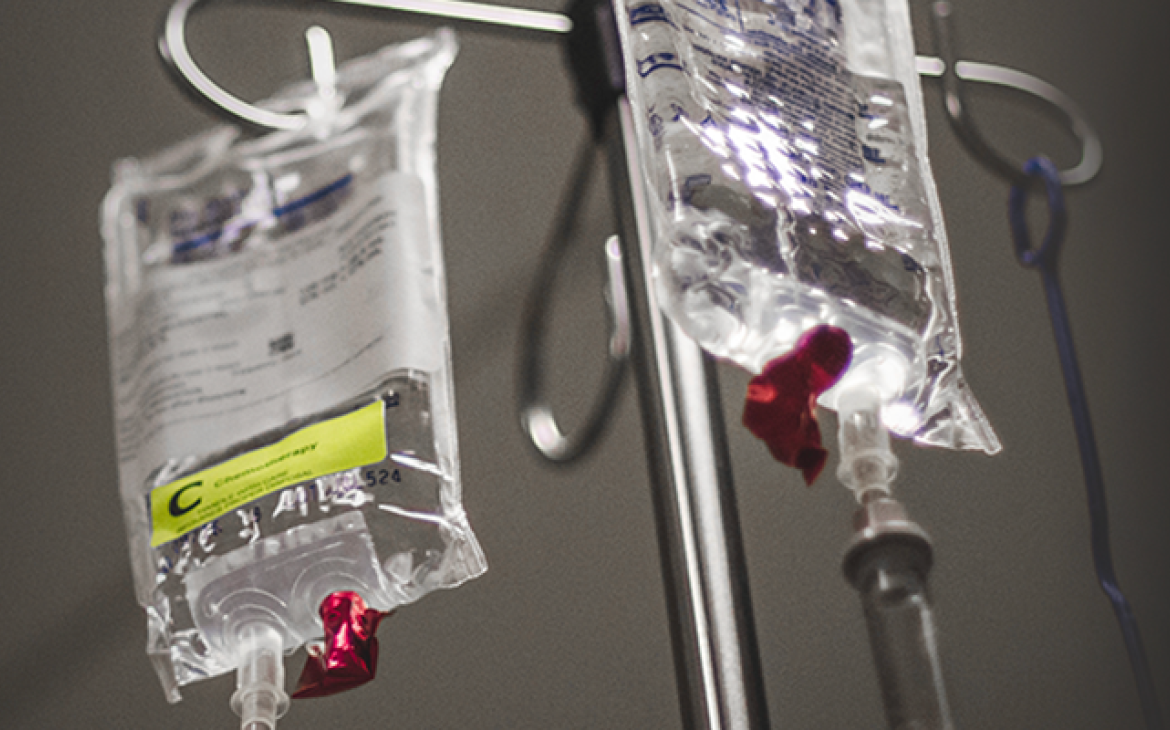
When shock events impact the medicines supply chain, underlying vulnerabilities can cause it to break instead of bend, resulting in drug shortages. Such shocks can include an increase in demand due to emerging public health concerns. During the 2022-23 cold and flu season, a rise in respiratory illnesses – particularly among young children – led to increased demand for certain drug products. Shortages of the antibiotic amoxicillin have gained national attention. The U.S. Pharmacopeia (USP) Medicine Supply Map team analyzed the upstream supply chain for some of these medicines and uncovered several risk factors that can contribute to shortage risk.
Drivers of shortage risk
There are four common factors that can increase a medication's risk for shortage, including:
- Geographic concentration: Drugs manufactured in a single region are at greater risk for shortage.
- Manufacturing complexity: Drugs with higher manufacturing complexity are more vulnerable to supply disruptions.
- Price: Lower priced drug products have a higher risk of shortage because margins may not be adequate to sustain manufacturing.
- Quality: Quality failures and the resulting potential for recalls or an interruption in manufacturing can increase supply chain vulnerabilities.
Amoxicillin is one example of a medicine that was in short supply this cold and flu season and demonstrates several of these risk factors. For example, as an antibiotic, amoxicillin needs to be made in a dedicated facility in a separate building, which adds complexity. In addition, low prices of antimicrobials – medicines used to prevent and treat infections that include antibiotics such as amoxicillin – can increase the risk of a shortage because profitability can be inadequate to sustain manufacturing. In fact, antibacterial drug products are 42% more likely to be in shortage than the average drug product.
Fortunately, the sources of active pharmaceutical ingredient (API) for amoxicillin are geographically diverse, with sources in the U.S., Europe and India. Geographic diversity of manufacturing can bolster supply chain resilience and make it more feasible to recover quickly from temporary shortages. However, not all medicines have geographic diversity. In general, there is a concentration of API manufacturing in India and China for many medicines marketed in the U.S.
USP uses Drug Master File (DMF) submissions to the U.S. Food and Drug Administration (FDA) as a proxy to understand manufacturing activity. DMFs are submissions to the FDA used to provide confidential, detailed information about facilities, processes, or articles used in the manufacturing, processing, packaging, and storing of human drug products. The data indicate that 13% of all API DMFs – covering a wide variety of medicines and therapeutic classes – come from facilities in China and 48% come from India.
Taking action to prevent shortages
Since there can be limited resources to encourage new investment in existing supply chain infrastructure, characterizing and quantifying the risk becomes even more crucial. Increased visibility into the upstream medicines supply chain could help prioritize needed investments by governments, manufacturers and others, thereby preventing or limiting the impact of future potential disruptions. Such investments could include stockpiling, increased production, or diversification of supplies for certain medications.
USP’s Medicine Supply Map is an early warning system that identifies, characterizes, and quantifies risk in the upstream pharmaceutical supply chain. Understanding the data helps to manage risk, plan for contingencies, and respond sooner.
Read more insights from USP’s Medicine Supply Map.


